June 19, 2025 | 23:14 GMT +7
June 19, 2025 | 23:14 GMT +7
Hotline: 0913.378.918
June 19, 2025 | 23:14 GMT +7
Hotline: 0913.378.918
At the international aquaculture conference on reducing greenhouse gas emissions and developing a green economy in aquaculture, held on the afternoon of October 9 in Ho Chi Minh City, Mr. Nguyen Van Huu, a representative of the Fisheries Department (Ministry of Agriculture and Rural Development), stated that seaweed is a very new but also old subject.
"Old because there are over 200 species of seaweed distributed throughout the coastal regions of Vietnam, and coastal communities have long been aware of how to harvest and use seaweed for various purposes, including food and other materials. New in the sense that seaweed has received more attention and focus after the Vietnamese government made a commitment at the 26th Conference of the Parties to the United Nations Framework Convention on Climate Change (COP26) to achieve net-zero emissions", Mr. Huu added.
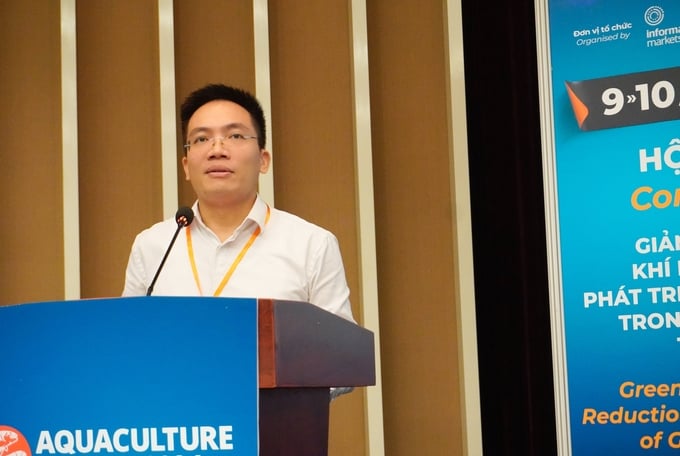
Mr. Nguyen Van Huu, a representative of the Fisheries Department (Ministry of Agriculture and Rural Development), stated that the total global seaweed production reaches over 36 million tons, valued at 8.3 billion USD. Photo: Hong Tham.
Mr. Huu said that seaweed is a "green resource" with immense potential for absorbing carbon from the atmosphere and neutralizing ocean acidification. He emphasized that ocean acidification has recently become a pressing issue in Vietnam and globally.
"Seaweed has the ability to neutralize ocean acidification and is expected to become a solution for cleaning the planet. Seaweed can store approximately 1.500 tons of greenhouse gas emissions/m², and its growth rate is 30 to 60 times higher than that of terrestrial plants. Therefore, seaweed can absorb CO2 at rates 2 to 4 times higher than other land plants", Mr. Huu analyzed.
In addition, seaweed plays a vital role in marine ecosystems. It provides habitat, shelter, and a food source for numerous marine organisms, particularly during their juvenile stages. Furthermore, the growth of seaweed is not only environmentally significant but also crucial for maintaining ecological balance.
In addition, seaweed has substantial value for human life, as it provides essential raw materials for various industries, including food and pharmaceuticals
According to Mr. Huu, a report by the Food and Agriculture Organization (FAO) in 2000 indicates that there are currently around 200 species of seaweed cultivated commercially worldwide. The total production of these seaweed species exceeds 36 million tons, with an estimated value of approximately 8.3 billion USD. Notably, Asia is the leading region in this industry, accounting for an impressive 97.4% of global production, which translates to roughly 35.1 million tons.
The leading countries in terms of seaweed area and production include China, Indonesia, South Korea, and the Philippines. "Where does the Vietnamese seaweed industry stand on the world map?", Mr. Huu asked.
Vietnam possesses significant potential for developing its seaweed industry, yet the area currently allocated for seaweed cultivation remains relatively small. According to a report from the Fisheries Department, as of 2023, the total area for seaweed cultivation in the country has only reached nearly 17.000ha, resulting in a production of approximately 150.000 tons. When compared to Vietnam's annual total aquaculture production, which stands at around 5.4 million tons, this seaweed production figure is notably low.
Mr. Huu pointed out that Vietnam's seaweed industry is currently grappling with a number of challenges. One major issue is the declining quality of seaweed seeds, which has resulted from a process of degeneration. This decline leads to a reduced content of extracted substancesIn addition, competition for spatial planning with other technical economic sectors poses significant pressure on the seaweed industry. Environmental factors such as climate change, marine pollution and severe weather events also have a serious impact on seaweed cultivation. A notable example is the aftermath of Storm No. 3, which caused substantial damage in Quang Ninh and Hai Phong provinces. Many seaweed farming facilities were swept away, forcing operators to rebuild from scratch.
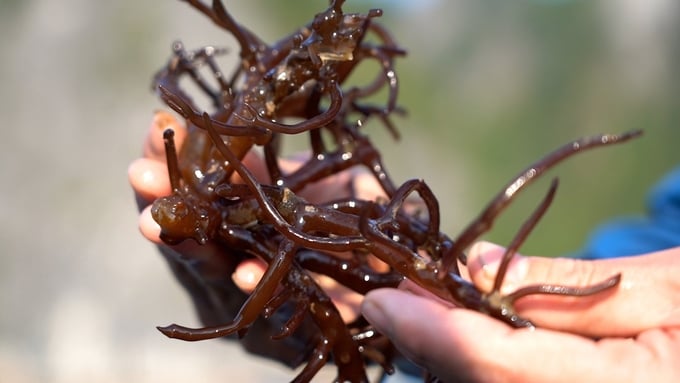
Vietnam's seaweed industry is currently facing numerous challenges. Photo: Hong Tham.
Despite the numerous challenges faced by the seaweed industry, Mr. Hữu expresses a strong sense of optimism regarding its potential and growth opportunities in Vietnam. He highlights that the global seaweed market currently boasts a payment value between 16 billion USD and 20 billion USD, with an impressive average growth rate of 10% annually. Moreover, the increasing consumer preference for green foods, coupled with the rising trend toward clean and environmentally friendly energy sources, presents substantial opportunities for Vietnam's seaweed sector.
In light of these opportunities and challenges, the Party, Government, and State of Vietnam have implemented several important policies to support the development of the seaweed industry. These include: Resolution No. 36-NQ/TW dated October 22, 2018, from the Central Committee of the Party, which outlines a strategy for the sustainable development of Vietnam's maritime economy through 2030, with a vision toward 2045; Decision No. 339/QĐ-TTg from the Prime Minister, which approves the strategy for the development of Vietnam's fisheries sector through 2030, with a vision toward 2045; Decision No. 1664/QĐ-TTg from the Prime Minister, which approves a proposal for the development of marine aquaculture through 2030, with a vision toward 2045; Decision No. 985/QĐ-TTg from the Prime Minister, which establishes the National Program for the Development of Aquaculture for the period 2021-2030. This program aims to achieve a seaweed production target of 180.000 tons by 2025, with approximately 170.000 tons coming from nearshore areas and around 10.000 tons from offshore.
Furthermore, by 2030, the expected total seaweed production is projected to reach 500.000 tons, with 400.000 tons from nearshore and 100.000 tons from offshore sources.
Translated by Phuong Linh
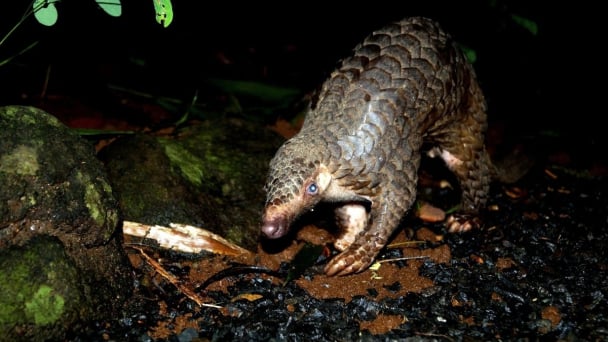
(VAN) Biodiversity is being threatened by traditional remedies made from wildlife. Traditional medicine and humans must change to live in harmony with nature.
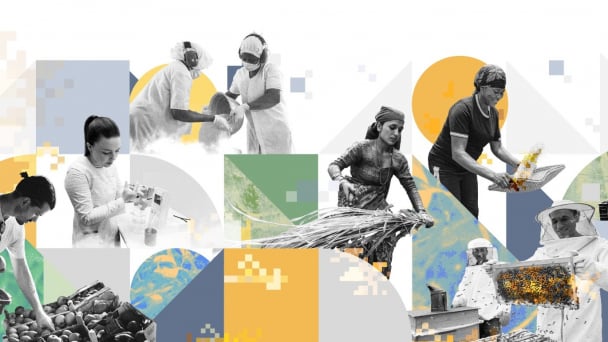
(VAN) Agrifood investment and finance solutions for people and the planet.
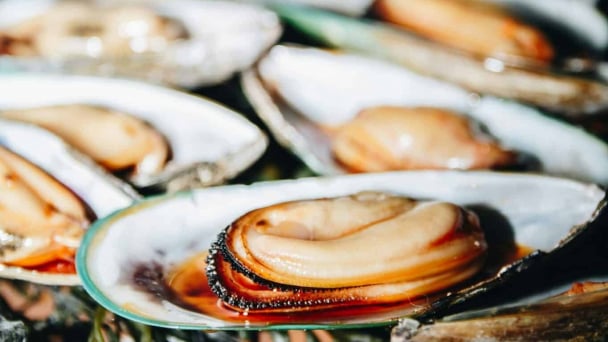
(VAN) Microplastic contamination has become pervasive in seafood, posing unprecedented challenges for food safety and marine ecosystems.
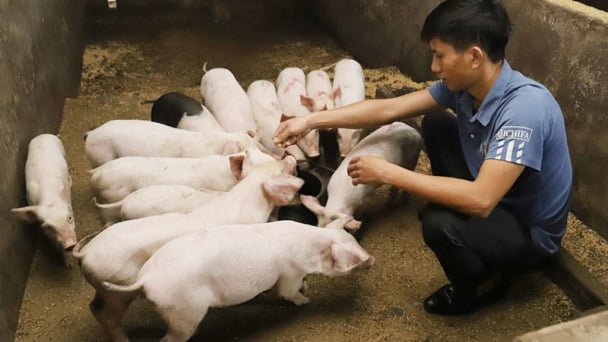
(VAN) Proactively using vaccines, combined with transport control and enhanced surveillance, is the only viable path toward biosecure and sustainable livestock production in Vietnam.
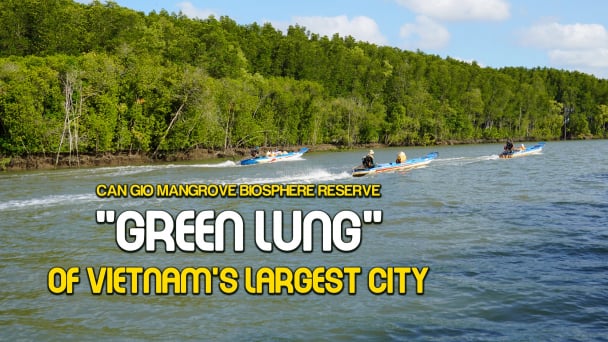
(VAN) Located in the southeast of Ho Chi Minh City, the Can Gio Mangrove Biosphere Reserve is considered the ‘green lung,’ a solid shield protecting the city.
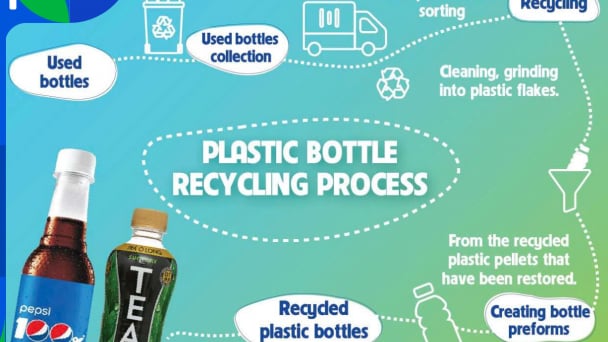
(VAN) To address plastic pollution, closing the plastic recycling cycle will bring significant economic and environmental benefits.

(VAN) According to the Binh Thuan Department of Industry and Trade, in the first five months of 2025, Binh Thuan's dragon fruit export turnover increased by 20.65% compared to the same period last year.